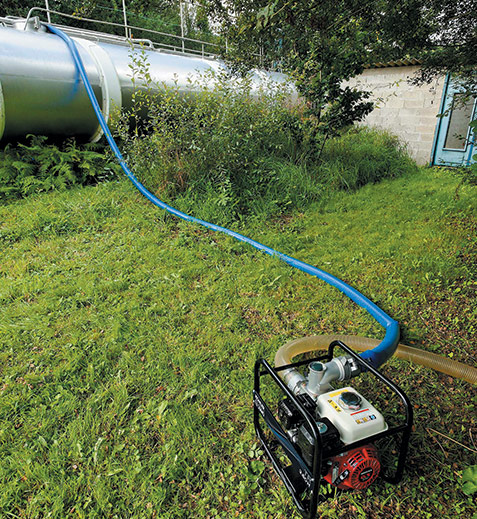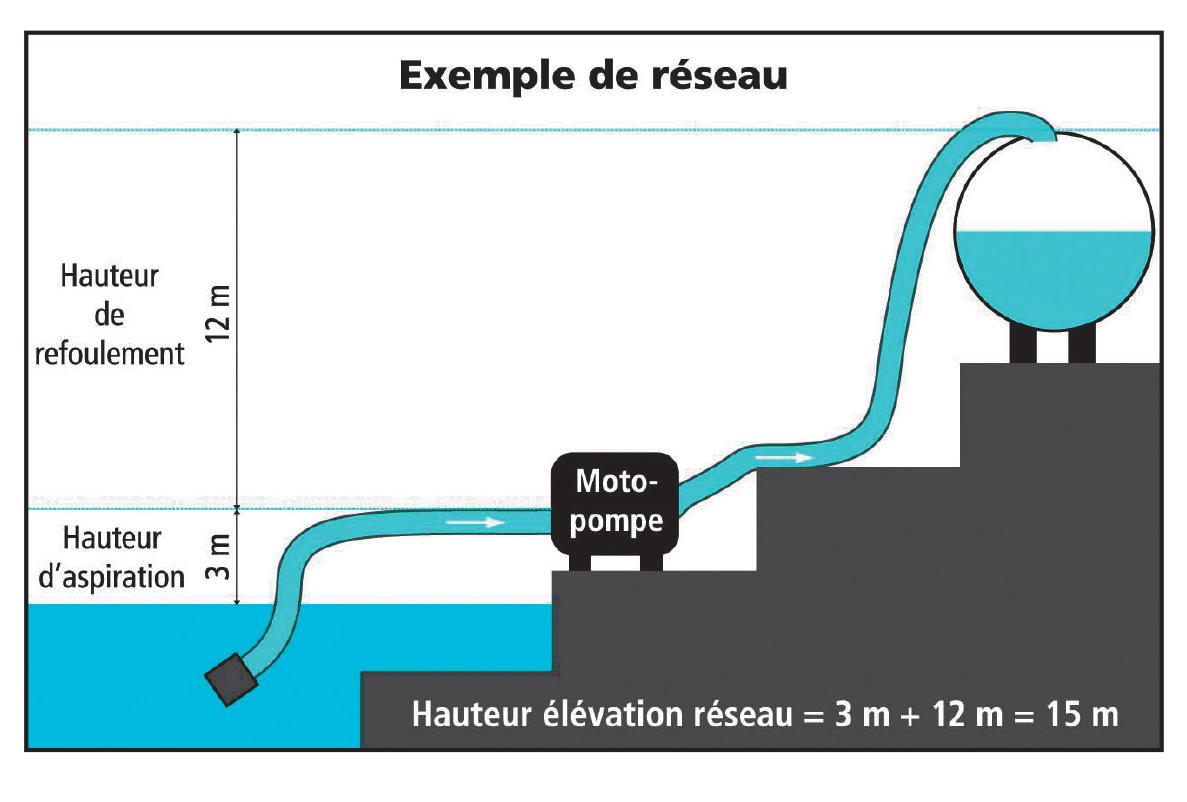
A waterpump is a completely autonomous pump (it does not require any electrical connection). It allows you to draw from any river, stream, etc. and evacuate fluids completely independently, using gasoline or diesel. To properly advise your customers, check the nature of the liquid, the lift height and the flow to determine the power required.
|
Because not all liquids to be pumped possess the same characteristics, KOHLER-SDMO waterpumps meet multiple applications according to:
Water quality:
Output and pressure required according to pressure drops. |
 |
 |
The lift varies according to the configuration of the facility or the application (exhaustion, sprinkling, irrigation, emptying, washing). It is calculated using:
|
The output and discharge head are the main criteria when choosing your motor pump. It is important to calculate the required power by taking into account: